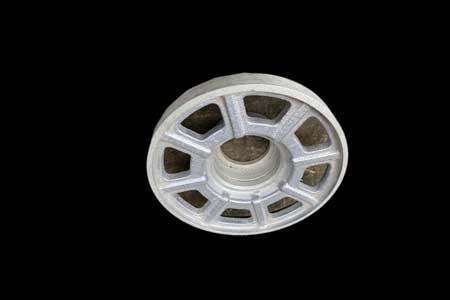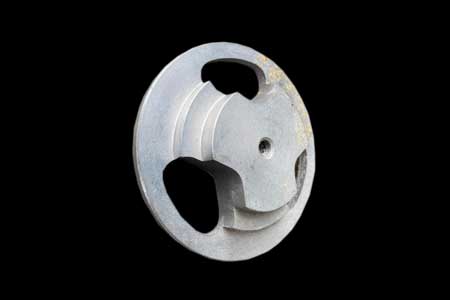-
GST NO. : 27ABVPW3846L1ZJ
-
Electric Motor Body Casting
Electric Motor Body Casting
Electric Motor Body Casting
Electric motor body casting involves the manufacturing process of creating the metal casing or housing for an electric motor. The motor body, often made of aluminum or other alloys, serves as a protective enclosure for the internal components of the electric motor, providing structural support and heat dissipation.
Here is an overview of the electric motor body casting process:
- 1. Design:
-
- The process begins with the design of the electric motor body. Engineers create detailed specifications and drawings, considering factors such as the motor's size, shape, cooling requirements, and material selection.
- 2. Pattern Making:
-
- A pattern, typically made of wood or metal, is created based on the design. The pattern is an exact replica of the final motor body and is used to create the mold.
- 3. Mold Preparation:
-
- The pattern is used to make a mold. The mold can be made of sand, plaster, or other materials, depending on the casting method. The mold is created in two or more parts to allow for the removal of the pattern and the subsequent casting.
- 4. Core Making (if needed):
-
- Cores may be used in the mold to create internal cavities or passages within the motor body. Cores are often made of sand or other materials and are inserted into the mold before casting.
- 5. Melting and Pouring:
-
- The chosen metal (commonly aluminum or an aluminum alloy) is melted in a furnace. Once molten, the metal is poured into the prepared mold. The metal fills the mold cavity, taking the shape of the electric motor body.
- 6. Cooling and Solidification:
-
- The metal in the mold cools and solidifies, forming the shape of the electric motor body. The cooling rate is crucial for achieving the desired properties and avoiding defects.
- 7. Shakeout and Cleaning:
-
- After solidification, the casting is removed from the mold through a process called shakeout. Excess material (called casting flash) is removed, and the casting is cleaned to prepare it for further processing.
- 8. Heat Treatment (if needed):
-
- Depending on the material and the desired properties, the electric motor body may undergo heat treatment processes to improve its mechanical characteristics.
- 9. Finishing:
-
- The casting may undergo additional processes such as machining, grinding, or surface treatments to achieve the final specifications and appearance.
Electric motor body casting processes can vary, and different foundries may use different methods based on the specific requirements of the motor and the desired properties of the casting. The goal is to produce a durable and precisely shaped housing for the electric motor's internal components.
Quality Services provider
Need Our services?
-
Our Products Range


